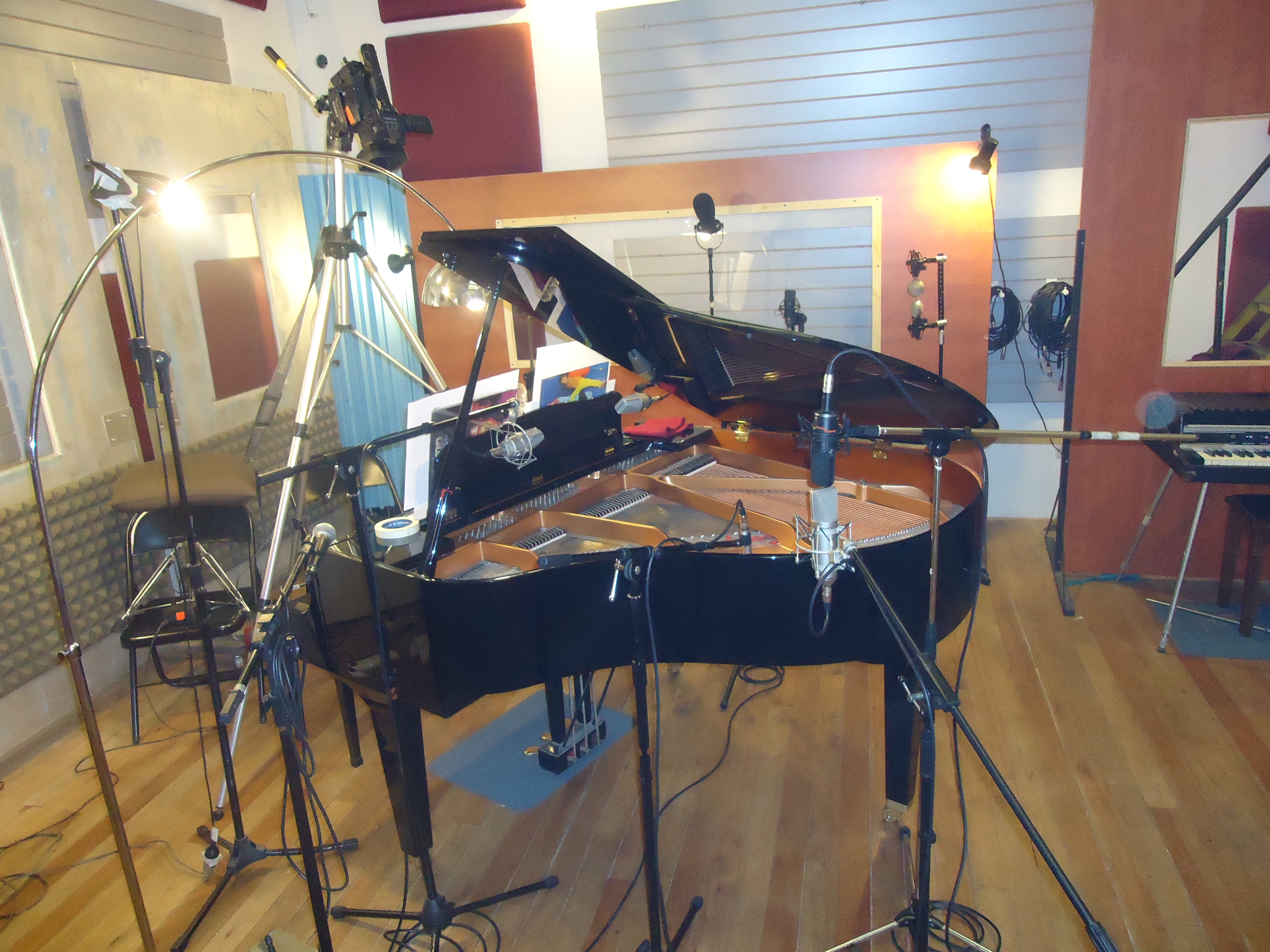The San Franciso Tape Music Center: 1960s Counterculture and the Avant-Garde, ed. David Bernstein (Berkeley: UC Press, 2008) may not have enough about the SF counterculture for some — it is less a history of the movement as a whole than an oral history and collection of memories by the members of the SF Tape Center itself. But as an oral history, it contains some really good anecdotes of the group and period in question. For instance, when we were students, Barney Childs used to regale us with a tale about Ahmed the mynah bird. Pauline Oliveros improvised with a mynah bird called Ahmed, he said, and when Ahmed chose to speak, it was part of the piece. It made me want to go out and buy mynah birds. Instead, I used my pet budgie, Furd the Burd, as a sound source in my first tape piece (I sprinkled budgie seed on a metal baking pan, under which was hidden a mic, and let Furd walk round on it, eating the seed and chirping). But a mynah bird would have been awesome.
The full story is that Pauline Oliveros, a long-time accordionist, found that David Tudor was learning bandoneon (Mauricio Kagel put him onto the instrument), so she began writing a piece for the two of them to play on the Tudorfest, which she put on in 1964. Two things affected Oliveros’ plan: the first was that Laurel Johnson’s mynah bird Ahmed insisted on taking part in their rehearsals. She accommodated Ahmed, turning the accordion and bandoneon duo into Duo for Accordion and Bandoneon with Possible Mynah Bird Obbligato. The second thing was the choreography/staging by Elizabeth Harris. According to Oliveros (in Bernstein, p. 86):
We needed a way to stage this trio. I invited Elizabeth Harris to do the staging. Elizabeth asked, “How would you like to play the piece on a seesaw?” David and I innocently agreed. Elizabeth turned up at 321 Divisidero [the SF Tape Center] with a large, handsome seesaw mounted on a turntable. The seesaw went up and down around and had swivel seats. She placed Ahmed’s cage in a mobile suspended above the centre of the seesaw. I swallowed hard and abandoned the written score that I had composed and decided on improvisational instructions. After experimenting with the possible motions of the seesaw, we needed some choreography. Elizabeth provided the choreographic instructions. Davis and I both had to work very hard to integrate this new element of performance. I had to employ a safety belt to negotiate the swivel chair because of the imbalance of the motion of my accordion bellows. David could centre on the seat with the bandoneon without a safety belt since the bellows were bidirectional. Slowly, we gained some control of the seesaw and began to enjoy it. The motions of the seesaw served to project and spatialize the sound of our instruments in all directions as we flew around on the seesaw and turned in the swivel seats.
Ahmed, plunged into darkness due to Tony Martin’s light show, became uncharacteristically quiet for the premiere. ‘The second night’, said Oliveros, ‘we decided to let Ahmed make the first sound. That strategy worked and the audience was delighted with the mynah bird obbligato! [Bernstein, p. 87]’ The effect of Harris’ staging would have been amazing — and possibly it would be illegal now in terms of health and safety. Stuart Dempster told Thomas M. Welsh in the same book (p. 257) about its capacity for danger, as well as its unique spatial sound qualities:
That was incredible. The seesaw was built by Elizabeth Harris, and presumably designed by her, and it was on a big circle pedestal. It was quite huge. I would saw it was twelve feet across, at least. It was built so that it went up and down like a teeter-totter normally does, but it also would go around in a circle at the same time. So you get these kinds of “ellipticals’. Each seat was also able to turn around on its own. Well, [during] the first rehearsal, Pauline fell off, so they put seat belts on the seats after that. And it was really dramatic. I remember going to the rehearsal and the concert and I sat fairly far down front so the teeter-totter would actually come right over my head, so it was kind of this revolving stereo and then suddenly back-front stereo and up-and-down stereo as well. So it was as close as you could get to what we would now call spherical stereo. I don’t think there was anything like it that I’ve ever run across since.
This is a ‘wow’ factor on many fronts. Harris’ creation is absolutely amazing to read about (does anyone know about her? I can only find her work with these composers and possibly with Pauline Koner?). It would be amazing to experience this piece as an audience member. But no way would it be good to perform! Dempster’s description of the sound reminds me that Henry Brant (a composer who specialised in spatialization) once said that he would put his performers on roller coasters and other fairground rides to get the sound movement, except that the players would get sick. So ‘wow’ to Pauline Oliveros and David Tudor for their bravery in the cause of performance.
But above all, because as an animal, he didn’t have to do it, a big ‘wow’ to Ahmed the mynah bird.



